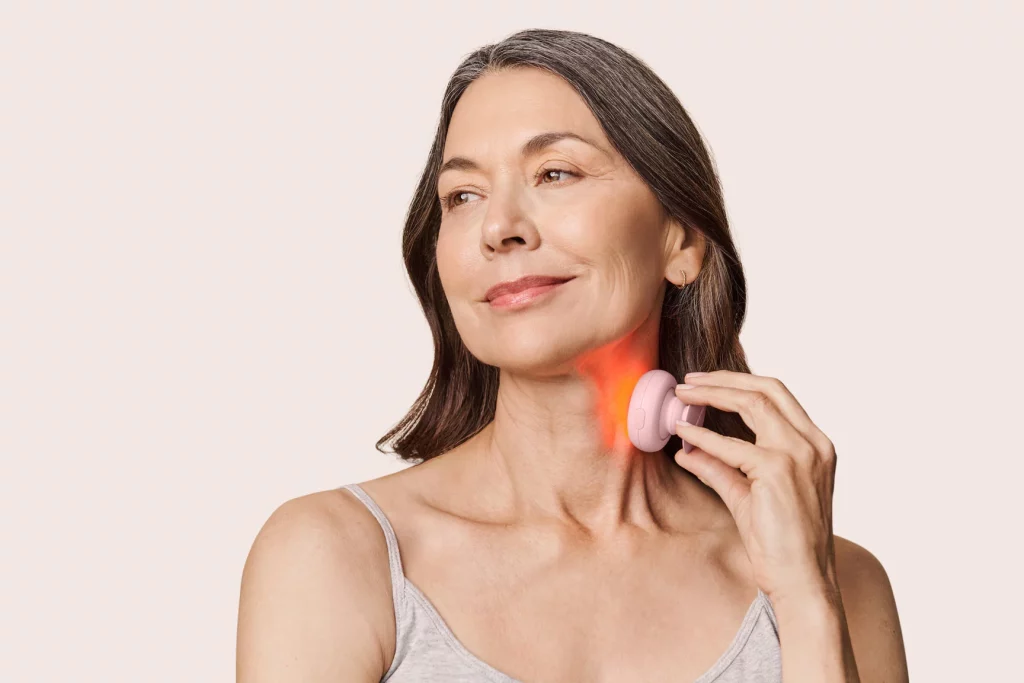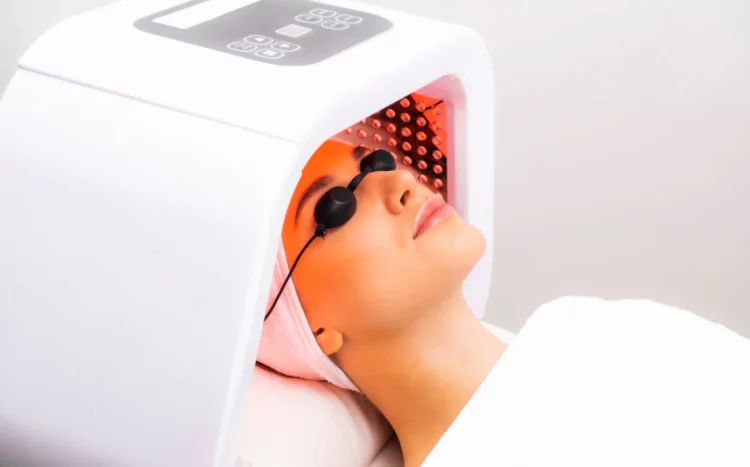The Rise of Sleep Tourism in the Wellness Economy
Once considered a passive necessity, sleep is fast becoming an aspirational luxury. Welcome to the era of sleep tourism, a booming niche within the global wellness economy where travelers no longer seek adventure or cuisine but deep, restorative slumber. Luxury resorts from Switzerland to Bali are now advertising “sleep retreats” featuring soundproof rooms, bespoke circadian lighting, sleep-inducing spa treatments, and even EEG-based sleep tracking. Brands like Six Senses, Zedwell, and Rosewood have redesigned suites with acoustics and airflow engineered to mimic natural sleep conditions. Some feature AI-powered mattresses that adjust firmness in real time, lavender-infused pillows, and on-call sleep concierges. At London’s Zedwell Hotel, rooms are stripped of blue light sources and electronic distractions, reinforcing a digital detox environment. In Bangkok, the Sindhorn Kempinski offers a “Sleep Enhancement Program” designed by neuroscientists that includes magnesium-infused foot soaks, melatonin-optimized lighting, and sleep meditation classes. With stress-related insomnia on the rise post-pandemic, these immersive experiences provide more than pampering—they promise transformation. For high-net-worth individuals and wellness enthusiasts, sleep tourism offers both status and scientific grounding, tapping into the rising awareness that sleep is not a luxury—it’s longevity insurance.
Sleep Pods, Circadian Lighting, and Biohacking Beds
Technological innovation is redefining how and where we sleep. The advent of high-tech sleep pods and circadian lighting systems has revolutionized the hospitality industry’s approach to rest. Japanese-style capsule hotels are being retrofitted with anti-snoring acoustic foam, white noise generators, and oxygen-enriched ventilation to optimize recovery for weary travelers. At Equinox Hotel in New York, rooms come equipped with blackout shades synced to your jet lag profile, air purification systems, and lighting calibrated to support your circadian rhythms. The sleep environment is further optimized through smart beds by companies like Eight Sleep and Bryte, which monitor biometrics like heart rate variability, body temperature, and REM cycles—then automatically adjust firmness and ambient conditions. These biohacking innovations are not merely gimmicks—they’re based on research showing that even minor disturbances in light, temperature, or noise can fragment sleep architecture and impair memory consolidation, immune function, and mood regulation. The use of dynamic lighting systems—those that gradually shift from cool to warm tones across the day—helps entrain the body’s circadian clock, especially for those crossing time zones. Combined with aromatherapy, ambient soundscapes, and blue-light-filtered digital interfaces, these features craft the ultimate sleep sanctuary. It’s an industry-wide acknowledgement that sleep science has matured—and travelers are ready to pay for its benefits.
DIY Sleep Optimization for the Budget-Conscious
Not everyone can afford $1,000-a-night sleep retreats, but that doesn’t mean restorative sleep is out of reach. Many of the core principles behind luxury sleep tourism can be replicated affordably at home. First, control your lighting. Circadian rhythms are deeply influenced by light exposure. Use blue-light-blocking glasses after sunset to prevent melatonin suppression. Swap out bright white bulbs for amber or red spectrum lighting in the bedroom. Next, manage temperature. The optimal sleeping temperature is between 60 and 67 degrees Fahrenheit. Cooling mattress pads or portable fans can mimic the climate-controlled benefits of high-end sleep suites. Blackout curtains, white noise machines, and earplugs replicate sound and light isolation without breaking the bank. Bedding matters too—opt for breathable materials like organic cotton or bamboo to regulate moisture and heat. Sleep hygiene practices are equally vital: create a consistent wind-down routine, limit caffeine after noon, and avoid screens at least one hour before bedtime. For those tracking their sleep, budget-friendly wearables like the Oura Ring or WHOOP band offer personalized insights without the spa price tag. Even sleep-promoting supplements—magnesium glycinate, L-theanine, and valerian root—can be effective, though one should consult a healthcare professional before use. These DIY strategies demonstrate that sleep optimization is accessible, not exclusive, and empower individuals to reclaim quality rest without luxury-level investment.

The Link Between Sleep, Longevity, and Chronic Disease
Sleep is no longer just a nightly reset—it’s a biomarker of long-term health. Emerging research underscores that chronic sleep deprivation is a major risk factor for a wide range of diseases, including Alzheimer’s, cardiovascular disease, type 2 diabetes, obesity, and even certain cancers. According to the CDC, one in three adults in the U.S. gets less than the recommended 7–9 hours of sleep per night. This sleep debt accumulates and alters everything from immune response to hormonal balance. For instance, studies have shown that during deep sleep, the brain’s glymphatic system clears toxic metabolic waste, including beta-amyloid plaques associated with Alzheimer’s. Inadequate sleep also increases inflammation markers such as C-reactive protein and decreases insulin sensitivity—direct contributors to chronic illness. On the flip side, optimized sleep improves memory consolidation, emotional regulation, cellular repair, and metabolic homeostasis. The longevity benefits are measurable: individuals who consistently sleep well are less likely to experience premature aging and more likely to enjoy higher quality of life into older age. This knowledge has elevated sleep from a wellness afterthought to a cornerstone of preventive medicine. Leading health systems and functional medicine clinics now include sleep assessments in routine exams. Meanwhile, researchers continue exploring sleep’s impact on telomere length, mitochondrial health, and gene expression. In the quest for healthspan, quality sleep is emerging as a non-negotiable foundation.
Why Sleep Is the New Status Symbol
Just as fitness and plant-based diets once became markers of affluence, so too has sleep taken on social currency. Among CEOs, biohackers, and influencers, the ability to prioritize and afford high-quality sleep signals both discipline and privilege. In a culture that once glorified the grind, eight hours of sleep now suggest elite self-care. Entrepreneurs like Arianna Huffington have turned sleep advocacy into a brand, arguing that burnout culture is both unproductive and dangerous. Startups are responding with gadgets, apps, and supplements tailored to optimize every stage of the sleep cycle—from deep sleep enhancement to lucid dreaming tools. In luxury real estate, “sleep-optimized homes” are a growing niche, offering soundproofing, humidity controls, and EMF-blocking materials as standard features. Even fashion has caught on, with sleepwear brands promoting thermoregulating fibers and restorative skin contact technology. All of this speaks to a broader shift: rest is no longer lazy—it’s aspirational. Sleep is seen not just as personal care, but as a strategic asset. It’s where beauty, cognition, and performance intersect. And in an era where everyone is digitally hyper-connected and chronically stressed, being able to switch off and sleep well isn’t just healthy—it’s elite.
Integrative Sleep Retreats and Their Neuroscience Roots
Unlike traditional vacations, sleep retreats combine hospitality with functional neuroscience. Many of these programs are curated by sleep scientists, psychologists, and chronobiologists. At Switzerland’s Clinique La Prairie, guests undergo sleep EEG assessments, HRV monitoring, and melatonin testing before receiving tailored interventions that might include low-dose light therapy, nutraceutical protocols, and cranial electrotherapy stimulation. The goal is not just to sleep better during the retreat—but to create lasting behavioral change. In Portugal’s Shanti Som Wellbeing Retreat, mindfulness, yoga nidra, and cognitive behavioral therapy for insomnia (CBT-I) are integrated into a comprehensive plan. CBT-I, often considered the gold standard for chronic insomnia, teaches techniques like stimulus control, paradoxical intention, and sleep scheduling. Some retreats incorporate TMS (transcranial magnetic stimulation) or VR-assisted meditation to retrain neural pathways involved in arousal and sleep latency. Others offer neurofeedback sessions to promote slow-wave brain activity. These programs draw on a growing body of sleep neuroscience, which suggests that sleep is both behaviorally modifiable and neurologically responsive. For those suffering from persistent insomnia, jet lag, or circadian rhythm disorders, such integrative approaches provide more than relaxation—they offer measurable brain-based improvements. Whether used as a reset or a medical intervention, sleep retreats are where luxury meets lab.
Future of Sleep: From Hospitality Trend to Public Health Imperative
As sleep tourism evolves, its reach may soon extend beyond boutique resorts to public health policy and urban design. Cities are beginning to recognize the sleep-health crisis, with initiatives aimed at reducing nighttime noise pollution, regulating screen-based advertising, and encouraging corporate nap policies. In workplaces, sleep education may become as routine as harassment training. Forward-thinking companies are already introducing “nap pods,” sleep sabbaticals, and flexible work schedules aligned with chronotypes. Educational systems might eventually adjust school start times to reflect adolescent circadian biology, an initiative backed by decades of research. Meanwhile, insurance companies are exploring how to incentivize sleep tracking for premium discounts—mirroring the wearable trends seen with physical fitness. At the same time, more tech innovations are in the pipeline: closed-loop sleep stimulators that deliver gentle pulses to enhance deep sleep, AI sleep coaches that analyze decades of sleep data to provide real-time feedback, and noninvasive glucose monitors that link metabolic health to sleep quality. In the coming years, sleep will not only be optimized—it will be democratized. What began as a niche trend for the affluent could become a central pillar of preventive medicine, workplace wellness, and urban planning. The promise is clear: a world that sleeps better lives longer, thinks clearer, and thrives more fully.











































